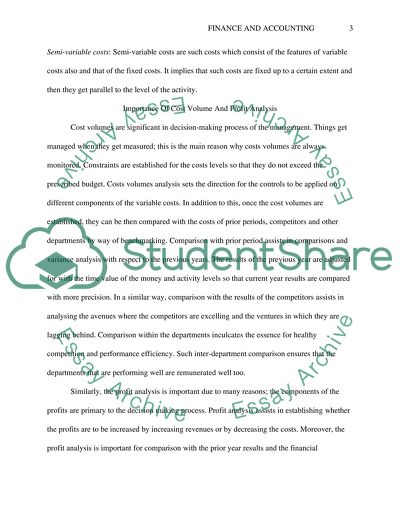Cite this document
(“Finance and funding in travel and tourism sector Assignment”, n.d.)
Finance and funding in travel and tourism sector Assignment. Retrieved from https://studentshare.org/tourism/1648916-finance-and-funding-in-travel-and-tourism-sector
Finance and funding in travel and tourism sector Assignment. Retrieved from https://studentshare.org/tourism/1648916-finance-and-funding-in-travel-and-tourism-sector
(Finance and Funding in Travel and Tourism Sector Assignment)
Finance and Funding in Travel and Tourism Sector Assignment. https://studentshare.org/tourism/1648916-finance-and-funding-in-travel-and-tourism-sector.
Finance and Funding in Travel and Tourism Sector Assignment. https://studentshare.org/tourism/1648916-finance-and-funding-in-travel-and-tourism-sector.
“Finance and Funding in Travel and Tourism Sector Assignment”, n.d. https://studentshare.org/tourism/1648916-finance-and-funding-in-travel-and-tourism-sector.


